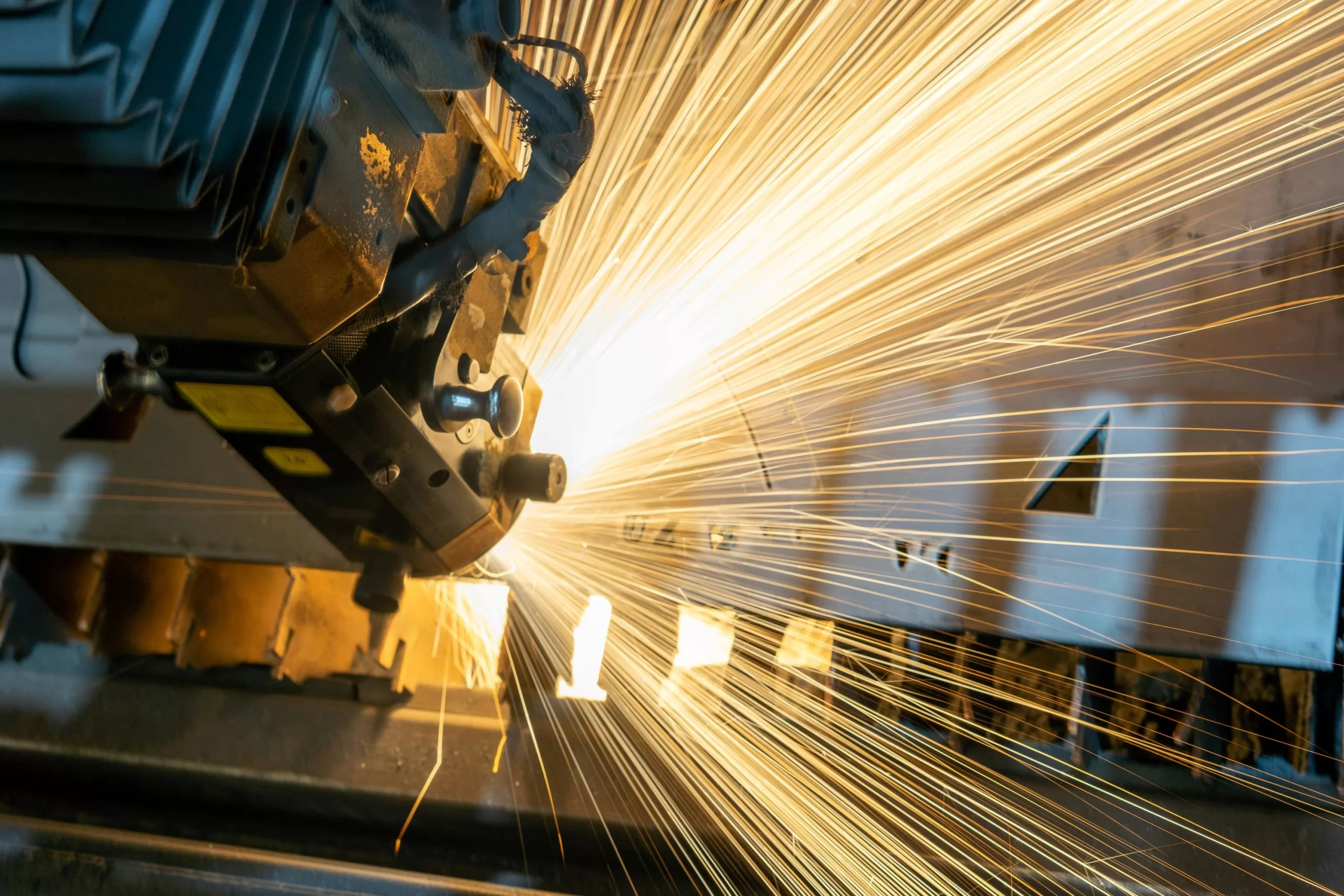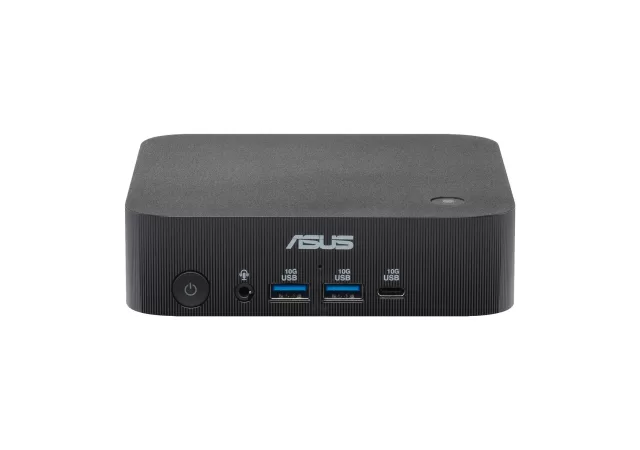This article is contributed by Varinderjit Singh, General Manager at Lenovo Malaysia
Production and manufacturing processes are becoming more complex and demanding as customers expect higher quality, lower cost, and faster delivery of products. To meet these challenges, manufacturers need to leverage the power of advanced technologies, such as high-performance computing (HPC), artificial intelligence (AI), and spatial computing. In this article, we will explore how a workstation can increase productivity for production and manufacturing processes by using spatial computing solutions, data science and client AI solutions, NVIDIA Omniverse, and remote workstation solutions. Examples of noteworthy workstation options include the Lenovo ThinkPad P16 G2, Lenovo ThinkStation P3 Tower and the Lenovo ThinkStation P620 Tower operating on Windows 11 Pro. Use Windows 11 Pro for Workstations to blaze through workloads with lag-free multitasking across your most demanding applications.
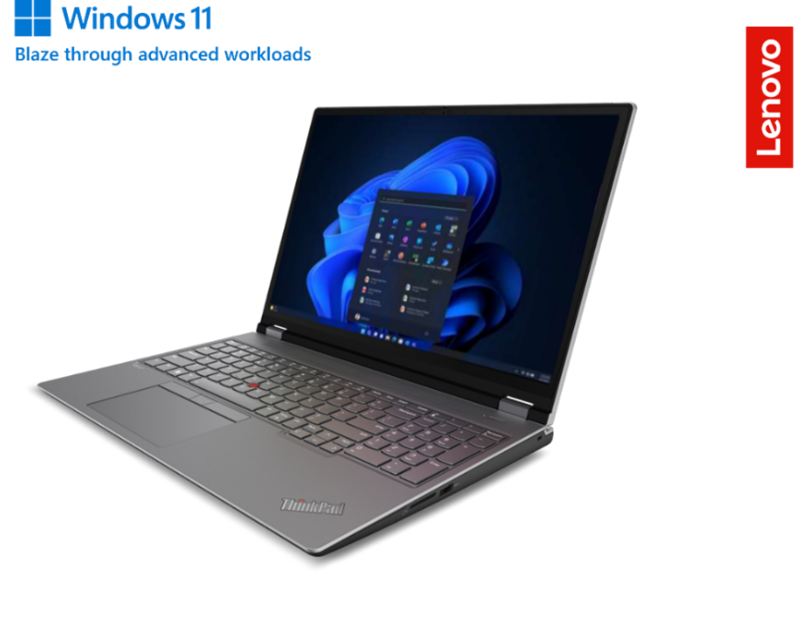
Spatial Computing Solutions
Spatial computing is a technology that can digitize the spatial relationships between machines, people, objects, and environments, and enable and optimize their operations and interactions. Spatial computing can help manufacturers with product design, quality control, safety, and efficiency. For example, spatial computing can enable digital twins, which are virtual replicas of physical assets or processes that can be used for simulation, testing, and optimization. Spatial computing can also facilitate augmented reality (AR) and virtual reality (VR) applications, which can enhance the visualization and collaboration of design and engineering teams, as well as provide immersive training and guidance for workers. A workstation that can handle spatial computing tasks should have a powerful GPU, a large memory, and a high-resolution display. A possible choice is the Lenovo ThinkPad P16 Mobile Workstation, which has an NVIDIA® RTX 5000 Ada graphics card, an Intel® Core™ i9-13950HX processor, and up to 192GB of memory.
Data Science and Client AI Solutions
Data science and client AI solutions can help manufacturers analyze and utilize the vast amounts of data generated by production and manufacturing processes, such as sensor data, quality data, customer data, and market data. Data science and client AI solutions can help manufacturers with demand forecasting, inventory management, process optimization, anomaly detection, predictive maintenance, and customer satisfaction. For example, data science and client AI solutions can help manufacturers create and fine-tune foundation models, which are large and versatile AI models that can perform multiple tasks, such as natural language processing, computer vision, speech recognition, and more. Data science and client AI solutions can also help manufacturers interact with and explore data through conversational interfaces, visualizations, and summarizations. A workstation that can handle data science and client AI tasks should have a fast and reliable processor, a large and expandable memory, and a flexible and scalable storage system. A possible choice is the Lenovo ThinkStation P3 Tower Workstation, which has a 13th Gen Intel® Core™ processor, up to 128GB of memory, and up to 32TB of storage.
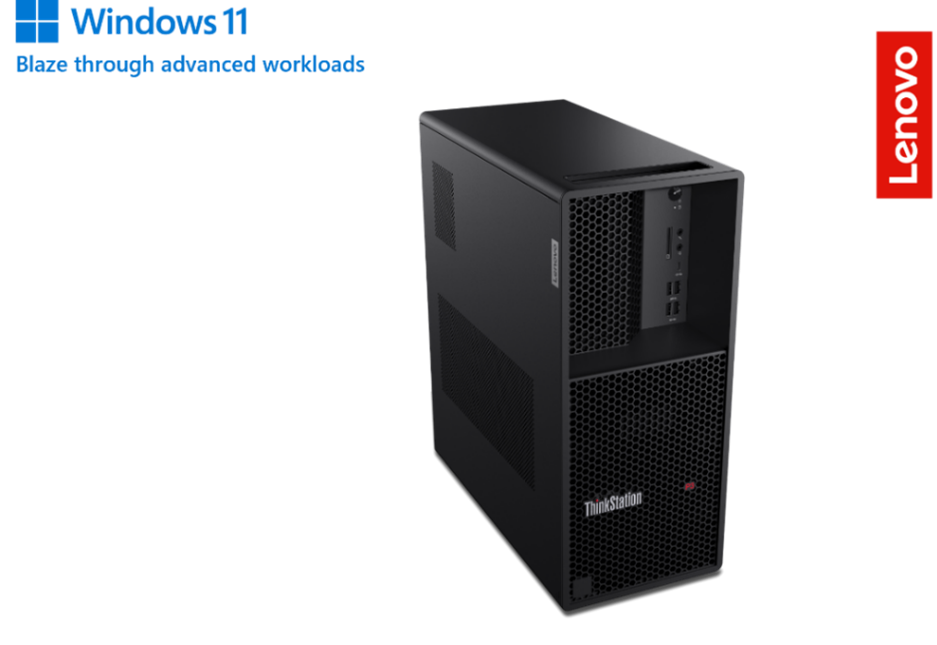
NVIDIA Omniverse
NVIDIA Omniverse is a platform that enables the creation and operation of complex, AI-enabled virtual environments, or digital twins, for factory and warehouse design. These virtual replicas facilitate real-time collaboration among teams and are the key to unleashing operational efficiencies with predictive analysis and process automation. NVIDIA Omniverse allows manufacturers to import and export data from various sources, such as CAD tools, simulation software, and IoT devices, and create realistic and interactive simulations of production and manufacturing scenarios. NVIDIA Omniverse also supports ray tracing, physics, and sound rendering, which can enhance the quality and realism of the virtual environments. A workstation that can handle NVIDIA Omniverse tasks should have a powerful graphics card, a high-performance CPU, and a large memory. A possible choice is the Lenovo ThinkStation P620 Tower Workstation, which has up to 64 cores CPU, a 10Gb Ethernet port, and plenty of storage capabilities.
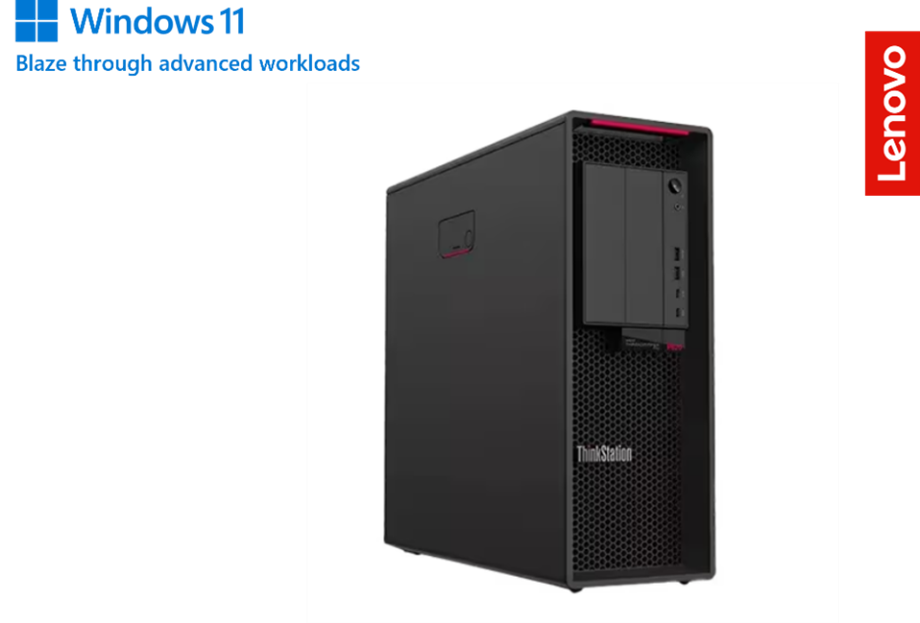
Remote Workstation Solutions
Remote workstation solutions can help manufacturers access their physical workstations from virtually anywhere with rich graphics acceleration via leading remote visualization tools. Remote workstation solutions can help manufacturers with remote design, engineering, and collaboration, as well as reduce the cost and maintenance of physical workstations. Remote workstation solutions can also provide security and compliance features, such as encryption, authentication, and auditing. A workstation that can handle remote workstation tasks should have a low-latency frame encode, accelerated desktop capture, headless graphics support, and leading pro-ISV certifications, like the majority of the Workstations from Lenovo. The Lenovo remote TGX solution is the best way to connect to your Workstation cluster from anywhere in the world.
Wrap up
A workstation can increase productivity for production and manufacturing processes by using various technologies, such as spatial computing, data science and client AI, NVIDIA Omniverse, and remote workstation solutions. These technologies can help manufacturers improve their design, engineering, simulation, production, and collaboration workflows, as well as reduce their costs, risks, and environmental impact. A workstation that can support these technologies should have a combination of hardware and software features, such as a powerful GPU, a fast CPU, large memory, flexible storage, and a reliable network. Lenovo offers a range of workstation solutions that can meet the needs of different production and manufacturing scenarios, such as the Lenovo ThinkPad P16 Intel (16″) Mobile Workstation, the Lenovo ThinkStation P3 Tower Workstation, the Lenovo ThinkStation P620 Tower Workstation, and the TGX Remote Workstation.



